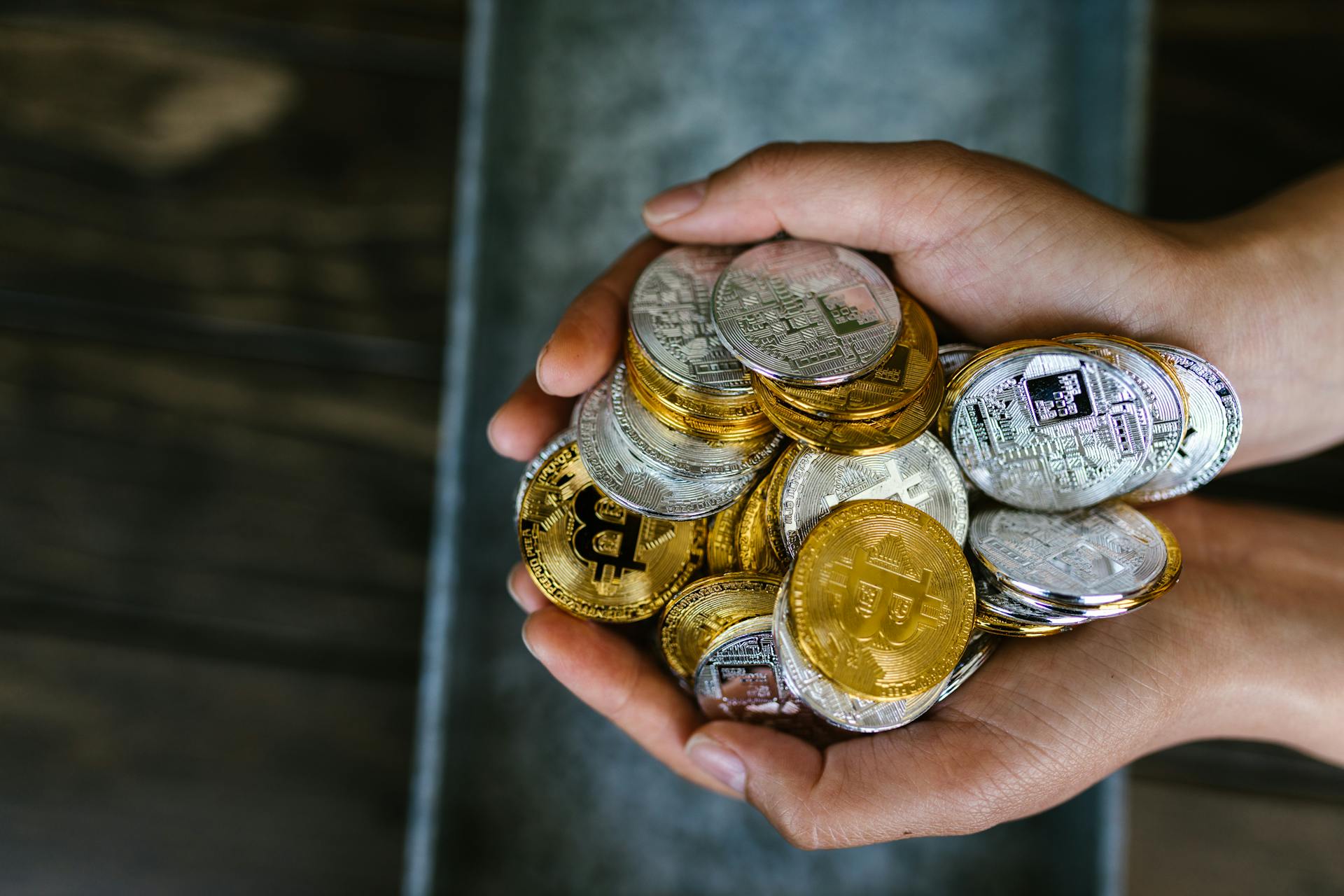News sources report that the management of seized cryptocurrencies by the government of the United States has surfaced with recent activity comprising assets confiscated from Noman Seleem.
Noman Seleem’s Ethereum on the Move
Blockchain intelligence firm Arkham recently reported that an address marked “U.S. Government Noman Seleem Seized Funds” moved 0.04 ETH to a new address. This miner movement allegedly deemed a test, offers a peek into how the government navigates through confiscated digital assets.

“Just In: Arkham marked as U.S. Government Noman Seleem Seized Funds (0x6f9) transferred 0.04 ETH to the new address 0x38cEd5767F1c16DeeA54c5175e0f23a5DAb1aD46, which may be a transfer test. The US government addresses currently have 203.239K BTC, 121.734M USDT and 50.524K ETH.”
— Wu Blockchain (@WuBlockchain) August 5, 2024
Background of the Noman Seleem Case
The Seleem case reportedly started back on May 7, 2024, when a U.S. court ordered the seizure of 300 ETH from Noman Seleem’s private wallet. This forfeiture is part of a wider pattern of government actions against crimes in the crypto industry, often using civil seizure laws to go for the assets themselves.
Civil forfeiture laws allegedly empower authorities to freeze assets thought to be connected to criminal activities without necessarily charging individuals with a crime. In the Seleem case, the decision to seize Ethereum came after a piece of evidence that connected it to illegal activities, showcasing how these laws are carried through in the context of digital currencies. This approach denotes an expanding practice where law enforcement bodies are enhancing their focus on cryptocurrency as a medium for several criminal activities.
Such actions are reportedly referred to as part of the government’s strategy to fight financial offences by removing access to the financial resources of individuals involved in criminal alliances. This trend shows the massive role of cryptocurrencies in modern financial crime and the need for policy frameworks to address surfacing issues in the digital asset arena. As the government works to improve its capabilities in tracking and confiscating digital assets, these cases serve as a major player in ensuring legal compliance within the cryptocurrency landscape.
How Much Crypto Does the Government Hold?
Not taking Seleem’s case into account, the scale of the U.S. government’s crypto holdings is quite sizeable. Current estimates from news sources signal that government-controlled addresses hold around 203,239 BTC, 121.734 million USDT, and 50,524 ETH. These holdings reflect various seizures and forfeitures surrounding criminal investigations.
The process involved in confiscating these assets usually comprises thorough investigations and legal proceedings. Authorities allegedly pinpoint illicit activities like money laundering, fraud, or drug trafficking that are executed using cryptocurrencies. Once identified, the government freezes and eventually confiscates the digital assets in question. This extensive process aims to shatter criminal networks and discourage future illicit activities.

In addition, the high volume of assets held by the government shows the increasing use of cryptocurrencies in criminal activities. It also shows the government’s dedication to monitoring the crypto space. This agile movement by the government is necessary to protect financial systems and ensure that cryptocurrencies do not become a safe zone for unlawful activities. As the government keeps up with the advancing arena of digital currencies, its approach to managing and potentially liquidating these assets remains an integral area of interest for both regulators and the wider crypto community.
Potential Market Impact
The government’s expanding crypto holdings give birth to important questions about its potential impact on the market. As one of the largest holders of confiscated cryptocurrencies, the U.S. government’s decisions regarding these assets could have an impact on market dynamics. The sale or release of large quantities of cryptocurrencies could create massive price movements, influencing both short-term and long-term market trajectories.
Additionally, news sources speculate that the government might go ahead to auction the holdings or do something else to impact investor confidence. The potential for government action in the crypto landscape shows the need for ongoing analysis and monitoring of regulatory strategies, as these decisions could affect liquidity, market stability, and investor behavior in the cryptocurrency sector. Learn more about the interplay between the government and cryptocurrency holdings with TNYR.







